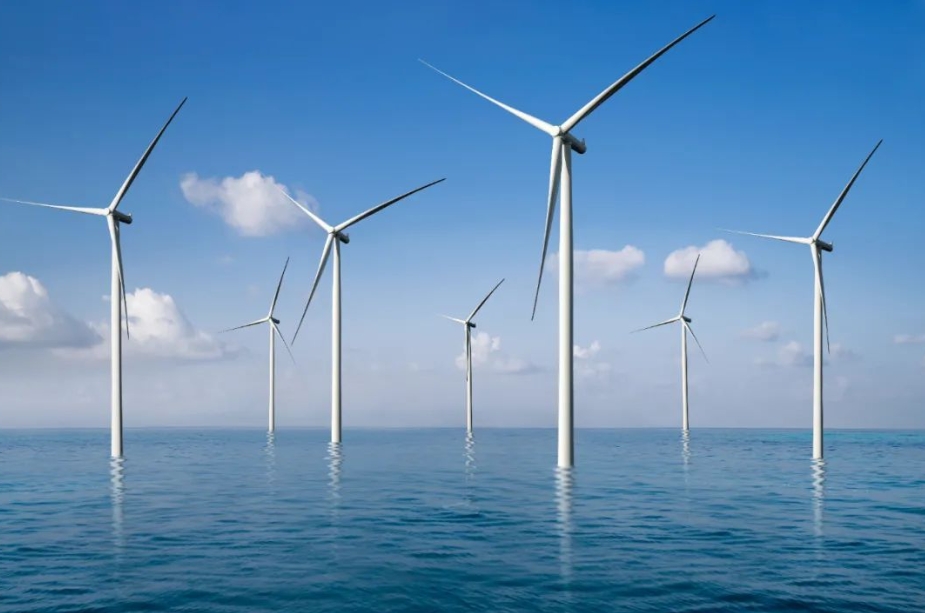The plan laid out last month proposed an initial need for up to 7.6 GW of offshore wind, up to 1 GW of geothermal systems, up to 1 GW of multi-day long-duration energy storage (LDES), and up to 1 GW of LDES with a discharge period of at least 12 hours. The Commission’s business meeting on Thursday was the soonest the proposal could’ve been voted on. CPUC had until September 1 to make an initial need determination for procurement using a centralized procurement mechanism; now within six months, CPUC may request the California Department of Water Resources (DWR) to exercise the mechanism.
Offshore wind has been a missing piece of the puzzle for California, which relies heavily on solar power for renewable energy generation. Adding a robust amount of wind to its energy mix would help manage peaks more efficiently like we’re seeing ERCOT do right now in Texas. Earlier this summer, the California Energy Commission (CEC) adopted a comprehensive strategic plan guiding the development of offshore wind. The plan outlines analysis and strategies to deploy floating turbines off the state’s central and northern coasts with a goal of 25,000 MW of capacity by 2045, enough to power 25 million homes. There are more than 35 GW of renewable resources on California’s grid today, but the state is believed to need an additional 148 GW to reach its 2045 goal, likely requiring ocean development.
“This is great news for California residents, workers, and ratepayers, and sends an important market signal that will help jumpstart the industry,” said Offshore Wind California executive director Adam Stern in a statement applauding the Commission’s final decision. “The CPUC’s action will drive the creation of new jobs, spur needed investments, and keep California on course to deliver on its commitment to deploy a nation-leading 25 GW of offshore wind by 2045.”
“It is well within the 7 to 10 GW of power generating potential that experts and the industry estimate for the five initial offshore wind lease areas off California’s Central and North Coast,” confirms Stern. The CPUC’s final decision recommends solicitations for offshore wind at scale begin by 2027 with the intent to deliver power no later than 2037.
Once a procurement request is made, DWR will conduct solicitations and evaluate the quality of bids received, including costs and ratepayer risk provisions, and may procure anywhere between zero and the upper limits included in this decision. This flexibility will facilitate cost containment and minimize ratepayer risks, as laid out in the proposal, which stems from provisions of Assembly Bill 1373 (Stats. 2023, Ch.367), signed by Governor Gavin Newsom in 2023. AB 1373 authorizes the CPUC to request that the Department of Water Resources (DWR) conduct centralized procurement of certain eligible long lead-time (LLT) resources on behalf of customers of all load-serving entities (LSEs) under the Commission’s integrated resource planning (IRP) purview.
“Although the first bit of offshore wind may be expensive, its costs will come down over time as we get better at building them at scale and innovate. We’ve learned this lesson before,” Kubiak writes in the NRDC column. “The first tranche of solar and wind was expensive, but California’s RPS policy helped create the market conditions that led to innovation and steep declines in costs to the extent that solar is the cheapest electric resource today. As CPUC and DWR establish procurement guidelines and offshore wind scales, we can expect offshore wind cost declines as well.”
The resources selected by CPUC will help California achieve its greenhouse gas (GHG) emissions reduction goals for 2045 and represent emerging technologies that need to achieve economies of scale to bring costs down, the Commission says. However, the cost of these investments will ultimately impact electricity bills. In the proposal, CPUC maintains all possible efforts should be made to contain costs, reduce ratepayer risk, and seek other sources of funding to reduce development costs and share in the long-term costs and benefits.
This proposal also requests DWR to convene a procurement group that includes representatives from LSEs. The decision lays out a tentative schedule of solicitations, asking DWR to conduct two rounds of solicitations for LDES and EGS beginning in 2026, and the previously-mentioned three rounds of solicitations for OSW starting in 2027. CPUC will reevaluate the need determination for additional LLT resources in every IRP cycle when considering a Preferred System Plan portfolio. In the next IRP cycle, the Commission will specifically evaluate LSE progress toward LLT procurement requirements in D.21-06-035, and consider whether an additional need determination for conventional geothermal resources for CPE procurement is necessary.
